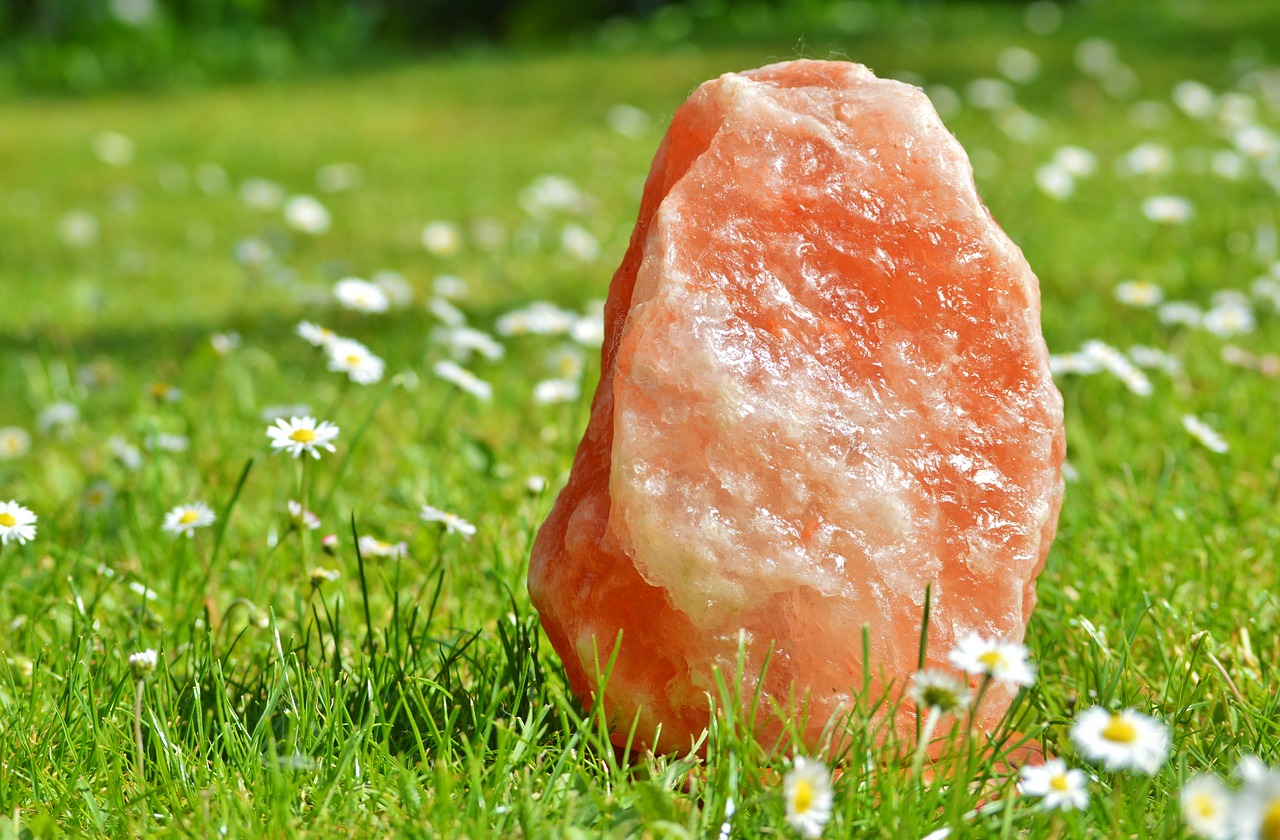Sendha namak, a type of salt, is formed when salt water from a sea or lake evaporates and leaves behind colorful crystals of sodium chloride.
It’s also called halite, saindhava lavana, or rock salt.
Himalayan pink salt is one of the best known types of rock salt, but several other varieties exist.
Sendha namak is highly valued in Ayurveda, a system of alternative medicine originating in India. According to this tradition, rock salts offer numerous health benefits, such as treating colds and coughs, as well as aiding digestion and eyesight



